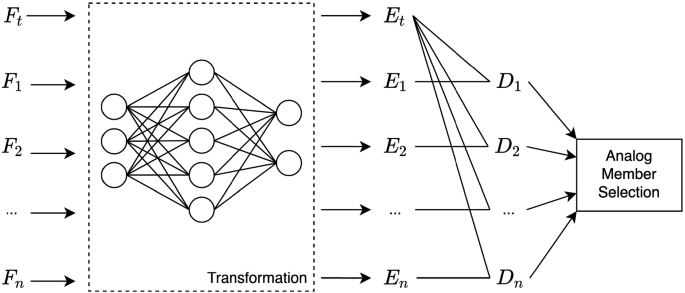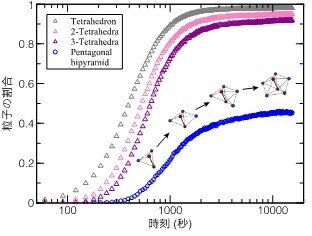2023-05-23 ワシントン州立大学(WSU)

With four wings made out of carbon fiber and mylar as well as four light-weight actuators to control each wing, the Bee++ prototype is the first to fly stably in all directions.
◆この研究は、IEEE Transactions on Roboticsという学術誌に報告され、Néstor O. Pérez-Arancibia氏が5月末に開催されるIEEE International Conference on Robotics and Automationで結果を発表する予定です。この人工飛行昆虫は、人工受粉、狭い空間での捜索・救助活動、生物学的研究、または過酷な環境での環境モニタリングなど、さまざまな用途に活用される可能性があります。
<関連情報>
- https://news.wsu.edu/press-release/2023/05/23/researchers-build-bee-robot-that-can-twist/
- https://ieeexplore.ieee.org/abstract/document/10092926
Bee++の高性能な6自由度飛行制御: 傾斜ストロークプレーンによるアプローチ High-Performance Six-DOF Flight Control of the Bee++: An Inclined-Stroke-Plane Approach
Ryan M. Bena,Xiufeng Yang,Ariel A. Calderón,Néstor O. Pérez-Arancibia,
IEEE Transactions on Robotics Published:05 April 2023
DOI:https://doi.org/10.1109/TRO.2022.3218260
Abstract
We present a new method for synthesizing and implementing high-performance six-degree-of-freedom ( 6 -DOF) flight controllers for the Bee ++ , an insect-scale flying robot driven by four independently-actuated flapping wings. Each wing of the Bee ++ is installed with a preset orientation such that the stroke plane generated during flight is inclined, thus enabling reliable roll, pitch, and yaw torque generation. Leveraging this capability, we propose a Lyapunov-based nonlinear control architecture that enables closed-loop position and attitude regulation and tracking. The control algorithms presented in this article simultaneously stabilize position and attitude by independently varying the wingstroke amplitudes of the four flapping wings of the Bee ++ . We use this particular control architecture to exemplify the process of controller synthesis and real-time implementation; however, the aerodynamic design of the Bee ++ is compatible with a great variety of control structures and performance objectives. As a main result, we present the first set of experimental data demonstrating sustained and robust high-performance tracking of a 6 -DOF reference signal during flight at the insect scale, which has been a long-standing control problem in the field of flapping-wing microrobotics. Furthermore, using data obtained through a series of systematic flight tests, we show that the Bee ++ can achieve the highest 6 -DOF performance ever recorded for an insect-scale flapping-wing flying robot during sustained flight.



